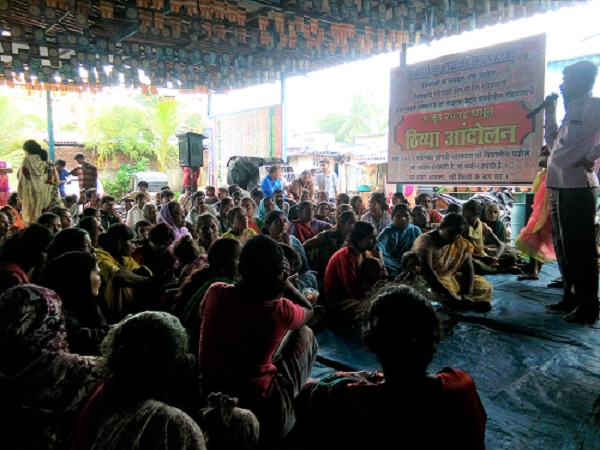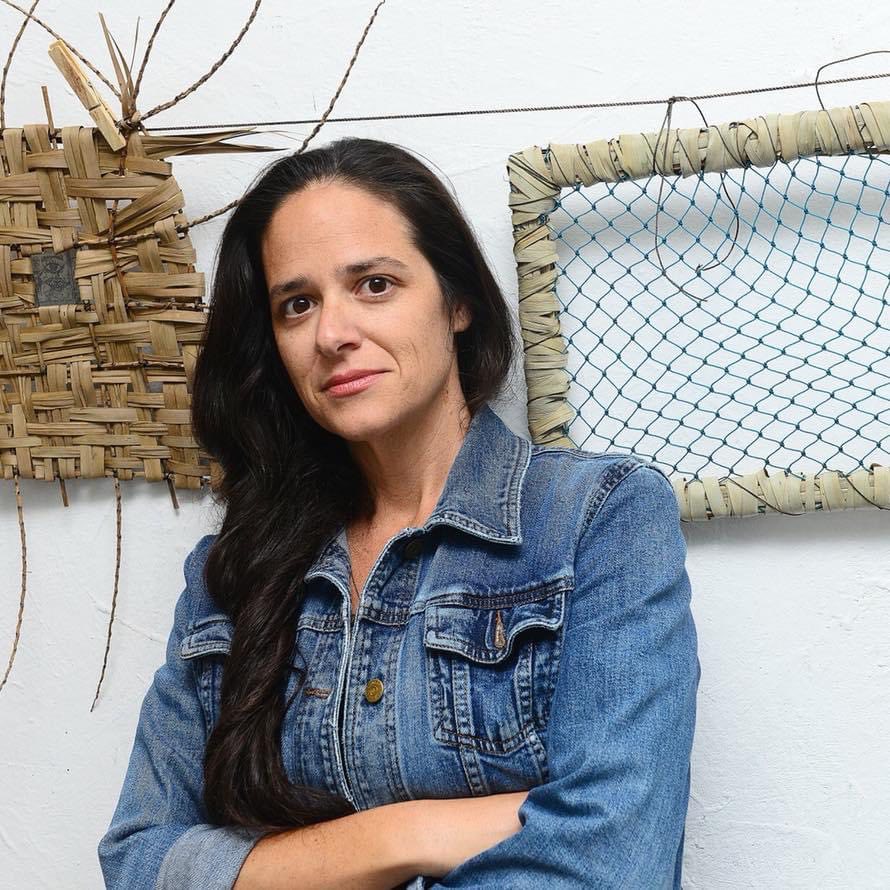by Thenmozhi Soundararajan
“A race of people is like an individual man; until it uses its own talent, takes pride in its own history, expresses its own culture, affirms its own selfhood, it can never fulfill itself.” — Malcolm X
Story.
Story.
Story is the shortest distance between two people. This piece of wisdom has stayed with me for many years. It has shaped my work and was the fulcrum on which I balanced my ideas, both as a filmmaker and as a Media Justice organizer. I saw first hand that this critical distance could define a community’s future or trap it in a cycle of poverty and loss. Because truly the future of a community was tied to how well it commanded its past. It is a fundamental truth that drives all cultural workers, even to the point that Malcolm X said, ” Culture is a weapon.”
In many ways, I also knew this experience as a Dalit of the diaspora. I have spent my whole life fighting for the recognition of Dalit struggles in the west. There is such a profound lack of information and access to our history that makes it difficult for many westerners to connect and understand the context of our experience. They get lost in the complexities of how to navigate between the vocabulary of atrocity and the spiritual component that lays at the heart of caste. Meanwhile, in the face of racism abroad, immigrant desi communities can become more fundamentalist and thick in their denial of caste, even as many of our institutions like temples, gurudwaras, and cultural associations begin reassembling caste hierarchies. It is in this context, memory, and its child and its mother: story, become a powerful tool.
Memory became my historical text. Memory became my theory. Memories became the first stories I would tell anyone who would listen. This is how I became a storyteller. I would create music and short art pieces that would bring to life reports of atrocities to bridge the distance between the Dalit and western experience. It was a way to confirm a reality that few would believe. Through stories, I reflected upon my small NRI experiences of caste discrimination in higher caste homes, where parents would switch out plates and cooking utensils when I would visit. A nine year old girl like me was not immune from casteist cruelty even here in the face of the American Dream. This is why it is important for Dalit issues to be heard all around the world. India is a global force. And it brings its cancer everywhere. Who funds the Hindu Right, but the NRI’s abroad, who chastened by racism in the west fund cultural projects that are fronts for communal violence.
Story.
Stories are also a vital bridge of ideas, emotion, and experience that is crucial for Dalit movements. We are still profoundly isolated in an island of denial and invisibility in the mainstream media and to the international community. It is this reason that I was moved to start work on my 3D Feature length documentary Touchable: The Journey from Untouchable to Dalit. While this will be one of the first movies shot in 3D in India, it is by no means the first film about Dalits. There are the many works of the phenomenal Video Volunteers, Drishti Media, Arts & Human Rights collective who have put out the incredible India Untouched and I Dalit, as well as filmmakers like Stalin K., V. Kathir, Leena Manimekalai, Anoop Kumar and more who have told moving stories of Dalits fighting to make a difference for themselves and their communities.
But fundamentally, when we are talking about the stories of 300 million people, we need not one film but many. And we need to talk about what are the kinds of narratives that will empower us for the future. Some films are poverty narratives. Set in between the missionary imagery and national geographic, Dalits are showcased as being trapped in conditions that are immovable, and, as timeless as the classic photography that has captured them on film. We don’t see enough films about our agency. For while we have endured for centuries, we have also had one of the longest legacies of resistance.
This is the conversation I hope to engage with my film. And I believe it will take a community to be able to make it. Rather then wait for the mainstream media to carry our stories, we can bring our stories to the mainstream ourselves. The creation of media in the age of social networks is all about making our process become the product. At every step of our dialogue, we are shaping our history to define our future.
This is the journey I am beginning now and I invite you to join us. My team is one of the first teams to work on 3D physical production in India. And we will be documenting our experiences on the project blog dalitnation.com. Please feel free to contact and follow us, as we will be writing about our process, posting clips in production, and having guest bloggers and artists share their perspectives on the material. Some stories are bigger than an individual! Keeping in tradition with third cinema filmmaking, this story is more than a film–it is a movement; a movement in support of the many organizers fighting for Dalit rights, fighting for Human rights. This is our goal, and I know we will win. Because by breaking the media silence we have already won. Each word, photo, film is our way forward and our way of saying: Our name is memory and, we, we will survive.
Watch the trailer of Touchable: The journey from unctouchable to dalit:
Thenmozhi Soundararajan is a singer and film-maker, she blogs here.



[…] More here. […]